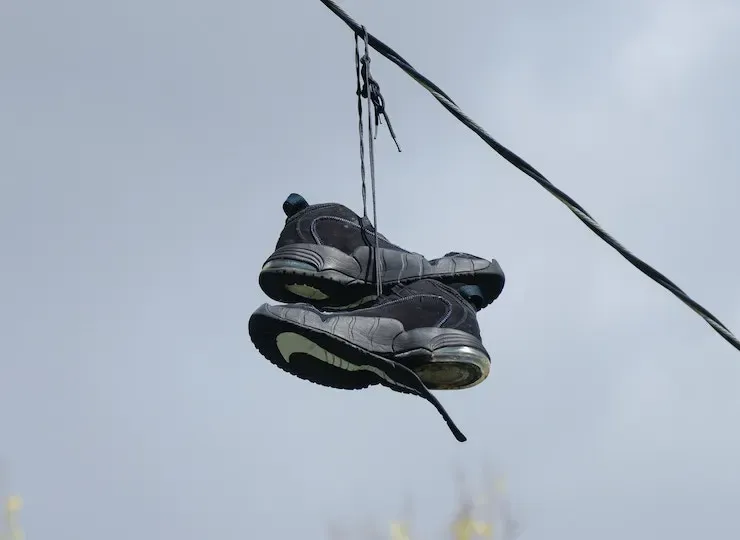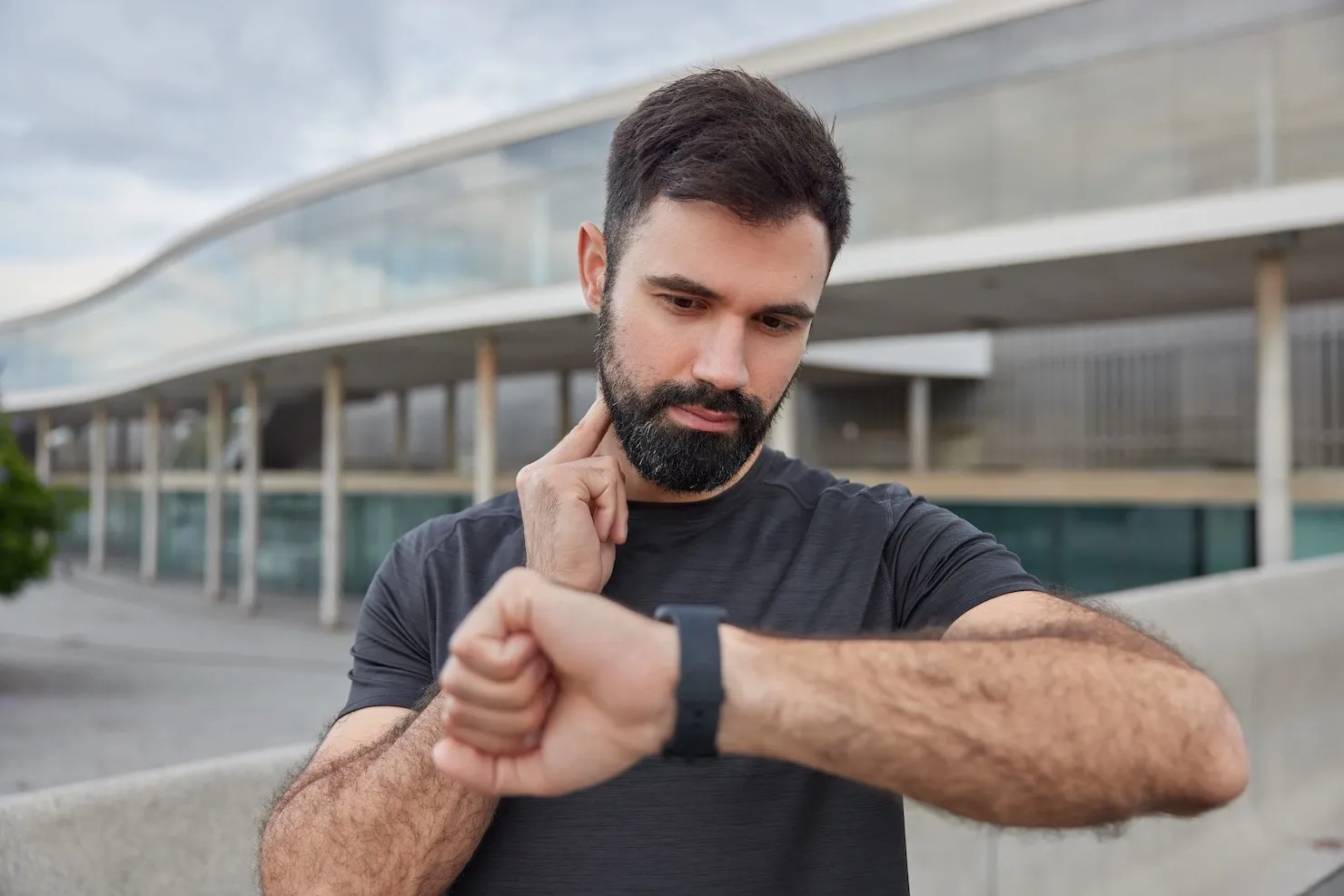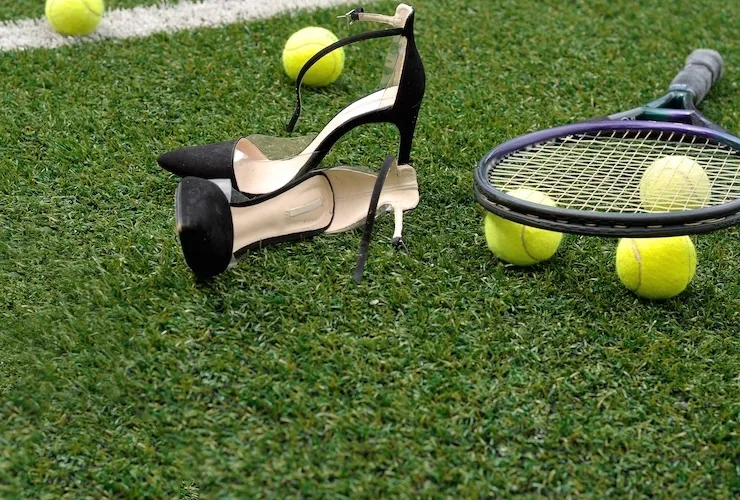As a running shoe reviewer, I test a new pair every 3-4 weeks. I worked out the step-by-step approach that allows me to brake in footwear quickly and get the running shoes' essence as fast as possible. The way I break in running shoes works well for me, and I believe it can benefit many runners too.
What Does it Mean to Break in Shoes?
Breaking in shoes means a short period of time you dedicate to adapting your feet to new footwear and the footwear to your feet. Every person has unique feet form and size, but every shoe brand sells the same sneakers to everyone. That's why time is needed for them to adapt to each other and avoid injuries.
The gradual breaking-in period enables the shoe elements (collar padding, tongue, upper unit, and heel counter) and materials (foams, rubber, mesh, or knit) to stretch, soften, and adjust. On the other hand, the foot needs the beaking-in period to get used to a new lockdown, stack height, heel-to-toe offset, stability, cushioning, flexibility, and materials.
CRUCIAL TAKEAWAYS:
- Breaking in new shoes properly is essential to prevent injuries.
- Usually, it takes 2-4 weeks or 50-100 miles to break in running shoes.
- Gentle and gradual breaking in period is crucial for your feet.
- Wearing running shoes daily makes breaking in more smooth.
- A heel lock lacing technique accelerates the breaking-in period.
- The most common issues caused by not breaking in running shoes are: discomfort, blisters, burning feet feeling, heel rub, sore feet, and shin splints.
How to Break in Running Shoes in 4 Easy Steps?
#1 Wear the new pair daily or around the house
Wearing your shoes casually before taking them out on the run is a good idea. It lets your feet become accustomed to the boots and identify potential issues. In case of discomfort, take it slowly and postpone your first run until you feel comfy walking.
#2 Use a special lacing knot to lock the heel securely
Every running shoe has an extra hole for laces near the collar that isn't tied out of the box and is rarely used by most runners. However, enabling this hole ensures a more secure foot lockdown and prevents the heel from slipping. If your laces are too short, try a marathon knot instead.
#3 Gradually increasing wear time and frequency
New running shoes often enable tiny muscles in our legs that were resting or underloaded before. Putting too much stress on them at once will most likely lead to an injury. So, don't wear the new shoes every day; make it every other day and run.
#4 Pay attention to your body's feedback
If you experience discomfort or pain, it is better to stop and switch back to your old running shoes. Don't throw them away until you've entirely broken in your new ones. Be persistent with breaking in your running shoes but know when to step back, wait, and try again.
How Long Does it Take to Break in New Running Shoes?
Usually, it takes from 2 to 4 weeks or 50-100 miles to break in new running shoes. The exact break-in time depends on how different the new shoes are from your old ones. Breaking in the same model takes the least time. However, transitioning from ordinary daily trainers to carbon-plated race day shoes with different stack, drop, and no support can take more than a month.
When To Start Breaking in New Running Shoes?
A good rule of thumb is to start breaking in new shoes at least:
- 150 miles or 2 months before the race (for the models you've never worn before)
- 70 miles or 1 month (when replacing the same model)
Plan to break in new shoes after good rest and on the low-intense week.
What to do if I Need to Run a Race in Brand-New Shoes?
Sometimes the luggage is lost from a flight, a dog destroys your footwear, or any other Force Majeure prevents you from running a race in your shoes. For distance runners quitting isn't an option. So, there are some measures you can take to increase your chances for an injury-free race:
- Buy the model you've been running recently
- Re-use the insole from your old running shoes
- Wear the shoes daily as much as you can
- Freeze, heat, and bend them
- Tie a heel lock lacing we covered above
- Protect your feet from blisters with vaseline, plaster, thick or double socks (pick one)
Lastly, refrain from pursuing your personal best with brand-new running shoes. It's just another unfortunate factor beyond your control, like bad weather or fatigue. Decrease your pace accordingly and focus on completing the race without injuries.
Troubleshooting Common Issues with Breaking in Running Shoes
Sometimes even with proper breaking in running shoes, common problems may arise, such as: discomfort, blisters, heel rub, shin splints, burning or sore feeling.
Discomfort
If you experience general discomfort when breaking in new running shoes, it may be a sign that you are not breaking them in gradually enough. Start with shorter runs and gradually increase the length and intensity of your training. Sometimes to make one step forward, you need to make a step back first.
Blisters and Heel rub
Blisters and heel rub are the two most common issues when breaking in new shoes. Ensure your shoes fit properly and are not too tight or loose to prevent them. Apply vaseline or glue a plaster on the exposed areas vulnerable to blisters: back of the hill, malleolus, and toes. Alternatively, wear thick socks or two pairs of socks. Pick only one measure to prevent blisters and heel rub, don't apply everything at once.
Shin splints
Shin splints are pain along the large bone in the front of your lower leg, which is widespread among runners. It may occur during the run or even on the next day. The microtears in muscles and bone tissue cause pain and result from an excessive effort on your legs or changed conditions. Take a short break in training, and apply ice, pain relief gel, or anti-inflammatory cream on the sore area. After you recover, start breaking in running shoes again slowly.
Burning or sore feet feeling
If you experience burning or pain in your feet when breaking in new running shoes, it may be a sign that they do not provide the same arch support you are used to. Stretching your feet with foot rollers or massage balls for a few days usually helps. You can also use special shoe inserts to provide the necessary arch support.
If you experience persistent pain regardless of the measures above, it is essential to seek professional help. A sports podiatrist or physical therapist can help identify underlying issues and recommend proper exercises.
Final Thoughts
Every runner's feet and running footwear are unique. So the time it takes to properly break in your running shoes will vary. However, following our recommendations, you can ensure gentle and quick breaking in your new running shoes and comfortable miles afterward.
Investing time and effort into breaking in your running shoes may seem like a small step, but it significantly affects your running experience and training plan. So take the time to properly break in your running shoes—it will pay off in full and very fast.
F.A.Q. about how to break in running shoes
Do running shoes need to be broken in?
Yes, running shoes need to be broken in properly to ensure comfortable fit and necessary support. By breaking in the shoes, the materials will soften, and the boots will adjust to the individual's feet form and movements. Running shoes not broken in can cause discomfort, blisters, or even injury.
Should you break in running shoes by walking?
Walking can be a part of breaking in running shoes, but relying solely on walking may not be enough. It is essential to use a proper lacing technique (tie a heel lock) and gradually increase wear time with shorter running distances. Simply walking in running shoes may not provide enough load on the materials to break them in.
What is the fastest way to break in new shoes?
There is no guaranteed way to break in new shoes faster, as it mainly depends on how different your new pair is from your previous one. However, some tips for speeding up the process include wearing the shoes daily, re-using the insole from your old pair, tieing a heel lock knot, protecting your feet from blisters, freezing, heating, and bending them.



